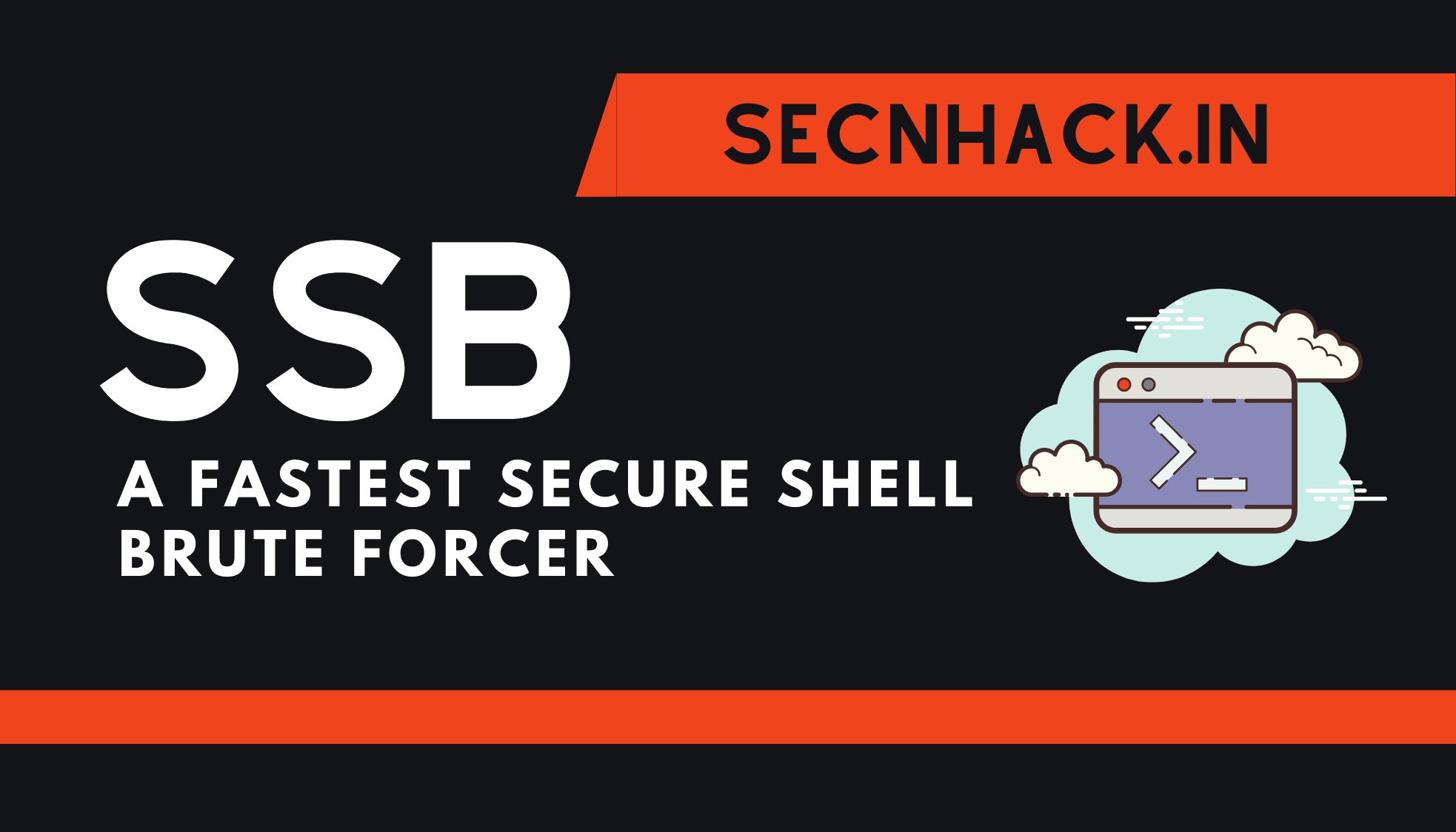jsavaged
Intrusion Tester
LEVEL 1
400 XP

Hey Folks, in this tutorial we are going to talk about a secure shell brute forcing tool called “ssb“. It’s an fastest and simplest way to brute force on SSH server by using ssb tool. Although there are many tools to crack the password of SSH server, but it gives us a convenient interface. We assume that you know about SSH Server, so we will move towards the installation of the tool.
Let’s take a look
Install Golang
Originally the tool is designed in GO language, so we have to install “Golang” tool in our kali linux system to operate this tool.
apt install golang -y1apt install golang-y

Tool Installation
Curl utility is already installed in the kali linux, so you need to execute both these commands sequentially to install and configure this tool.
curl -sSfL 'https://git.io/kitabisa-ssb' | sh -s -- -b /usr/local/bin
GO111MODULE=on go get ktbs.dev/ssb12curl-sSfL'https://git.io/kitabisa-ssb'|sh-s---b/usr/local/binGO111MODULE=on go get ktbs.dev/ssb

Woooo
ssb -h1ssb-h

Start Brute Forcing
We have already configured SSH server on our second machine and now we will try to crack the password. You need to place your wordlist after the “-w” parameter. You can use various tools like cupp, cewl etc. to create a wordlist. As soon as the password matches, it gives us a “connected” signal at the terminal as you can see in the image below.
Usage
ssb -w word.txt [email protected] [email protected]

Port Forwarding
Sometimes developers change the server’s port number for security reasons and as you can see in the image below that the port number of the SSH server has been changed from 22 to 20.

If the port has moved to another port number then you will have to mention in the command by adding the “-p” parameter.
Usage
ssb -p 20 -w word.txt [email protected] [email protected]

Threat level
Apart from this, you can change, add and modify other settings like threat level etc according to you.
ssb -p 20 -w word.txt -t 1m -c 1000 [email protected]@192.168.1.8
